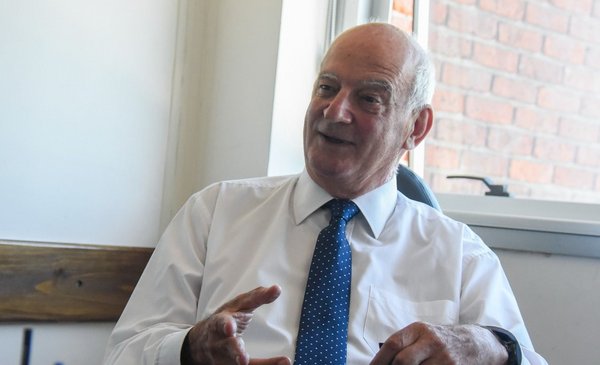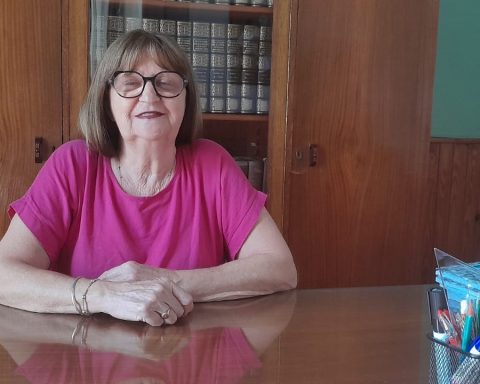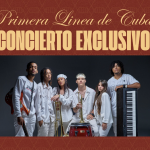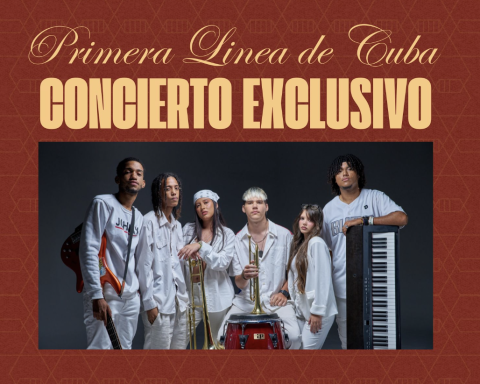Joseph Peter Pollak took over in December 2021 as the new president of the State Railways Administration (AFE) replacing Michael Vackywho He went on to work in the National Directorate of Rail Transport within the Ministry of Transport and Public Works (MTOP).
Pollak, by profession attorneywas andxdirector of the National Ports Administration (ANP) between 2010 and 2013 and has been one of the direct advisers to President Luis Lacalle Pou on transportation and logistics issues. He carried out this task when the current president assumed his first term as deputy in 2000 and he also knew how to fulfill that role in the two last electoral campaigns in which Lacalle Pou ran for the Presidency of the Republic, as a reference of his technical teams in the matter.
The new head of AFE defined his change with Vaczy as a “castling” and told El Observador that the president chose him for being “a person you trust” Y “expert in transport and logistics issues”.
“It seems to me that he chose me because of the knowledge I have of the logistics sector. There are not many people who know about railways and a new world is coming”, he pointed.
What do you mean by new world?
Because there are two or three new phenomena that are going to boost railway development enormously, especially merchandise transport. On the one hand, the increase in the price of commodities that has been taking place since 2000 onwards. On the other, the technological and agricultural improvements that mean that, for example, one hectare generates much more production than 15 or 20 years ago, and that gradually changed the minds of businessmen and operators and then the train appeared. In 2000 rice companies exported half of their production in containers. In 2000, a complete ship of 40 to 50 thousand tons of rice was exported. So that has the logistical difficulty that it is from point to point and that the place of destination has to be able to receive such a large volume. On the other hand, in containerization, you can send 30 or 50 containers to another place. Today there is a much more efficient distribution of the same and this optimizes logistics costs and all this will strengthen and revive the freight railway.
Optimize logistics costs and position the Port of Montevideo as a regional cargo distribution center. Are those your main objectives?
At this time, a strong interest is emerging in the transport of certain goods that are suitable for being transported by rail. For example, that they send containers from Salto to the Port of Montevideo, that is, the great pole of attraction of the railway is the Port of Montevideo to bring or carry merchandise. It is the great objective and the logistics costs have to be the cheapest. The central railway is going to help – from 2024 when it is ready – to reduce and optimize logistics costs.
Camilo dos Santos
José Pedro Pollak, president of AFE
But there are other issues. When you took office, you maintained that Uruguay must work so that in the medium term an international rail transport agreement can be concluded with Argentina and Paraguay.
We are taking the first steps to sign an inter-operational rail transport agreement with the Argentine Republic through the Salto Grande dam. Today an Argentine or Paraguayan truck comes to the port of Montevideo and unloads a container, a Spanish-flagged plane comes here and loads passengers or merchandise. A foreign-flagged ship comes to the port of Montevideo and loads and unloads containers. This is because there are air, sea and road transport agreements between countries. Today road transport – through regional agreements that began in the 1960s and are now institutionalized – is very fluid between Chile, Paraguay, Argentina, Brazil and Uruguay. But there is no interoperational agreement by which a train from the Belgrano Cargas line can unload merchandise here in the Port of Montevideo or that a railway from Servicios Logísticos Ferroviarios (SELF) can pick up merchandise in Mesopotamia or northern Argentina.
What role would Salto Grande play? It was the administration’s idea to position it as a logistics hub as well and that Paraguayan trucks, for example, could unload the merchandise there and that it could come to Montevideo.
That is what can be done today, but you have to stop at the border and unload, deposit and load. If the train comes direct, you save those costs, as well as the truck, the ship and the plane that come direct. It’s the same logic, what happens is that this was not undertaken at the time because there was no critical mass for it.
And how is this agreement carried out?
Through meetings between chancelleries.
On what does it depend that it arrives to a good port? What investment should be made?
No investment, it is an opportunity. What we have to have are the tracks on the Uruguayan side that are suitable for that. It is something that is going to be complex at first because you have to do customs protocols, equipment management, driver’s license, insurance, that is, all the basic issues that make up any international transport agreement. We do not handle deadlines for the agreement.
Or from the technical?
From the technical point of view, on the Uruguayan side, in 2024 it is most likely that the tracks will already be operational. On the Argentine side, we have not yet begun to carry out joint inspections because this is going to require a joint inspection by Argentine and Uruguayan authorities of Uruguayan roads and the same with Argentine roads.
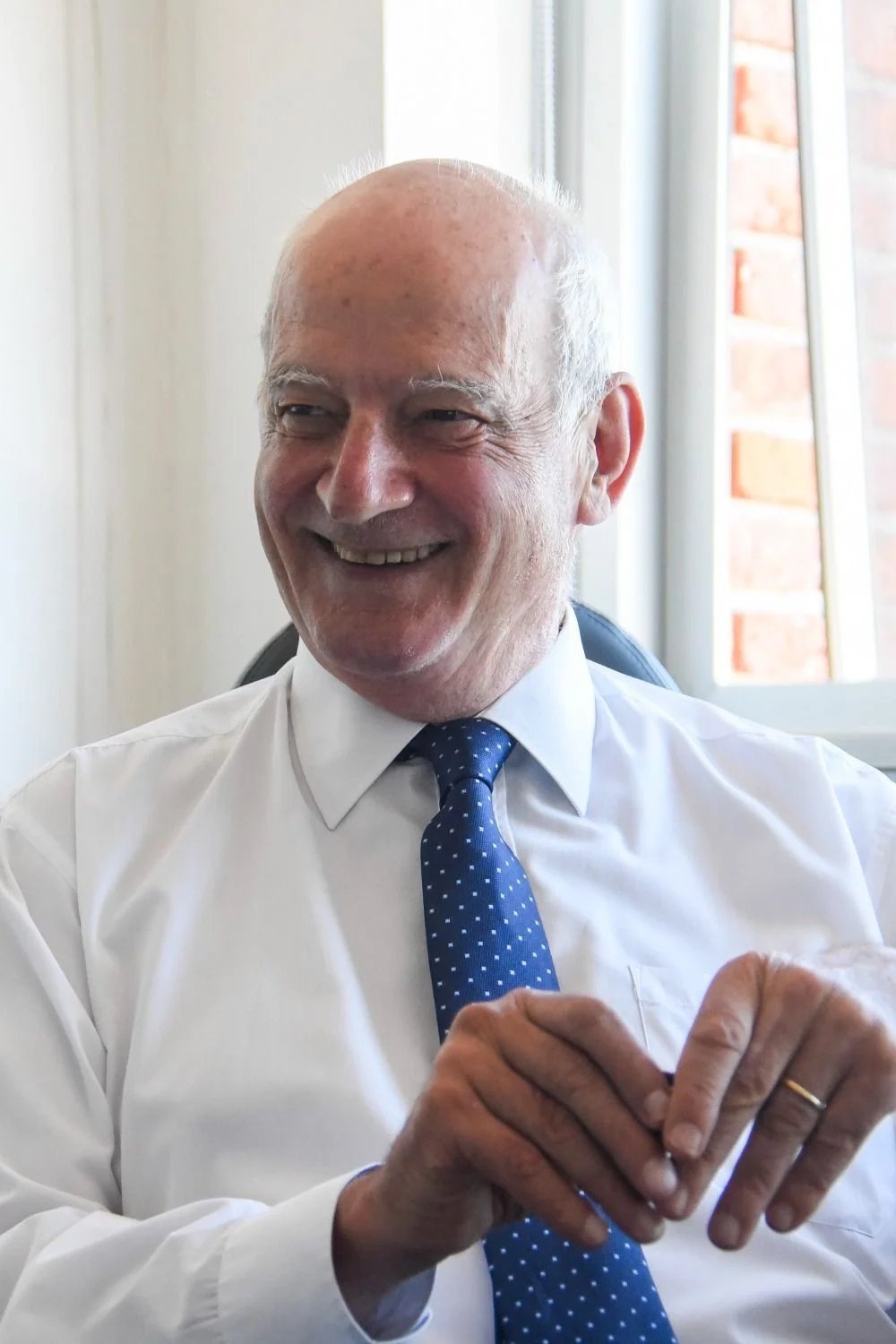
Camilo dos Santos
José Pedro Pollak, president of AFE
The central railway aims for May 2023. How far along are the works?
Specifically on the subject of the central railway, the only thing that AFE is working on is the entrances to the tracks. At each point where other tracks must enter the central railway, a compatibility must be made and that is the main task of AFE. Entering them technologically adequate to the central railway is like having a highway and you have to make the connecting side roads.
One of the lines that was left incomplete and that would be one of those connection lines is the Litoral. About 140 km remained undone after a loan from the IDB. What role is AFE playing there? Looking for investors?
That is a subject that is in charge of the MTOP now. AFE does not have a budget for that and it was not requested either. The MTOP is going to do it because it is the work of many millions of dollars. That line will probably be completed together with the central railway line.
Passenger rail transport is always on the table. Could it be promoted in Uruguay?
Departmental streets and routes and in the metropolitan area are clogged with cars and buses, so I believe that some other possibility of new roads or rail transport will appear soon, but that will have to be developed as a metropolitan area. There must be a space for coordination with the MTOP and the municipalities of Montevideo, Canelones, San José and Florida. It seems to me that it is irreversible that he takes revenge, there is no turning back. You’re going to have to go look for the train because it’s going to decompress the city, but it has to be done very carefully with a very well done business plan and look at the cost-benefit issue.
What is the cost-benefit factor?
The cost will not be exclusively economic, but there will be a social cost, an environmental cost and a social benefit and an environmental benefit that will have to be considered and included in the calculation. If the merchandise train does not compete with the truck, it will not be able to run because it will not have customers. Here it is different, the social and environmental benefits have to be included in the equation.
Passenger train between Salto and Concordia. That is another of the issues that AFE had on the table. What is needed to make it happen?
That has three legs, one the teams, the passenger motor train. We have teams that would take them along the road to the Queguay Grande Station, where they would go to Salto in a flatbed because there is no possibility of running the road. Two is infrastructure. The Uruguayan is already in good shape and the little things that need to be done are done quickly. The third is that through a working group the authorization of the two countries for this cross-border transport is managed. We do not have a fixed term for it to be operational, but I can say that we are behind it as soon as possible. There is enormous interest and on the Uruguayan side there is the possibility of contributing everything necessary.
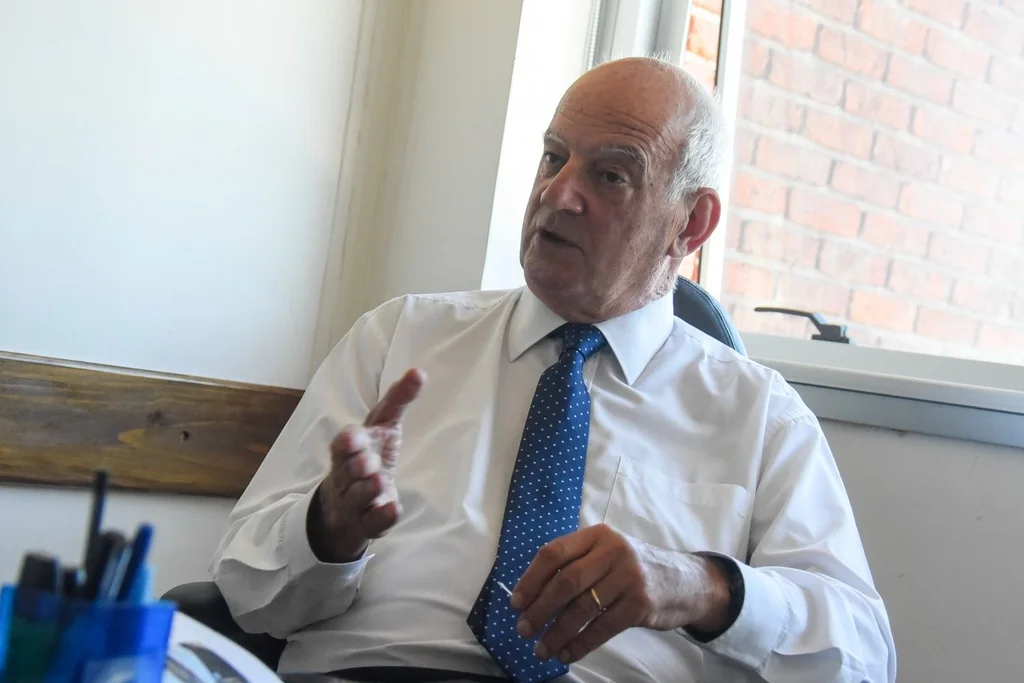
Camilo dos Santos
José Pedro Pollak, president of AFE
You mentioned to me that you had a “new idea” that you think could boost the country’s economic activity.
We have very good and important logistics properties that are abandoned and do not produce anything but have significant logistics potential. We have a plan for these properties that is to put them out to tender by mid-2022, a 15-year lease and, in addition to the lease price, make it a condition to transport so many tons per year by rail. We have properties in Montevideo and several other parts of the country, at this moment we have identified at least five or six. If we manage to promote that, the first thing is that those interested will pay a rent and then they will start a business, they will consume and they will hire labor. They fall within the commercial activity of Uruguay.
Along these lines, you have an idea of promoting Uruguay as a regional light cargo distribution hub, thinking about electronic commerce, right? Is there the novelty?
The other day I was in conversation with people dedicated to the e-commerce sector and the distribution of packages from Amazon or Mercado Libre, for example. They explained to me that there are neighboring countries that have great difficulties in distributing the packages they receive from abroad. In that sense, I think it would be a possibility that these packages accumulate here.
How?
Take Rivera, for example. There in a logistics beach where the packages are disassembled and sent to one side or the other. It would be a classification shed, a 20-hectare plot of land is not needed. Two wagons loaded with orders come to you and what you have to do is, one by one, classify them and send them to 50 different points. It is an easy thing to do because Uruguay has flexible legislation. If the train becomes reliable, many opportunities will arise that we did not see today because businessmen and logistics operators will be awakened to the idea that there is another means of transport. They say that the railway is for heavy transport of little value, but from being a correspondence and courier distribution center, infinite options can appear. What we have to do is try to make the railway as reliable as the ship, the plane and the truck. The idea is that a ship or a plane loaded with packages arrives, there the train takes them in a wagon to Rivera where they are classified and then the different smaller transport teams from other interested countries pick it up and distribute it. This is something that changed my logic. It is not heavy merchandise, it is the distribution of lighter merchandise, the other end of the trunk.
